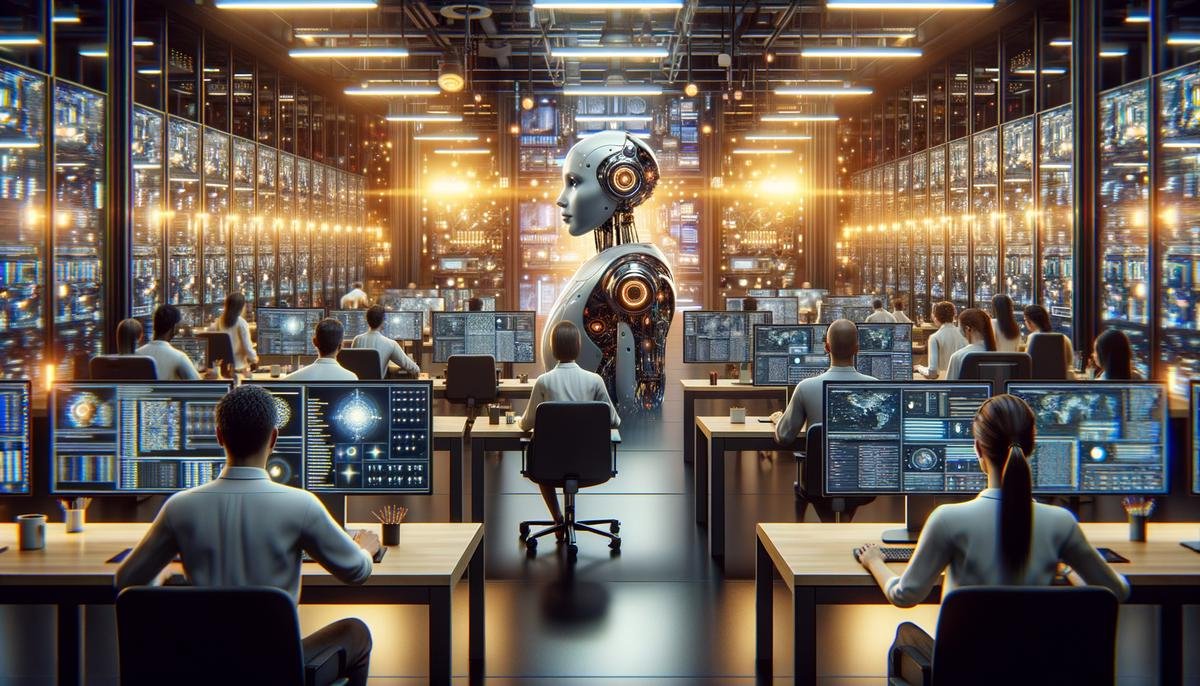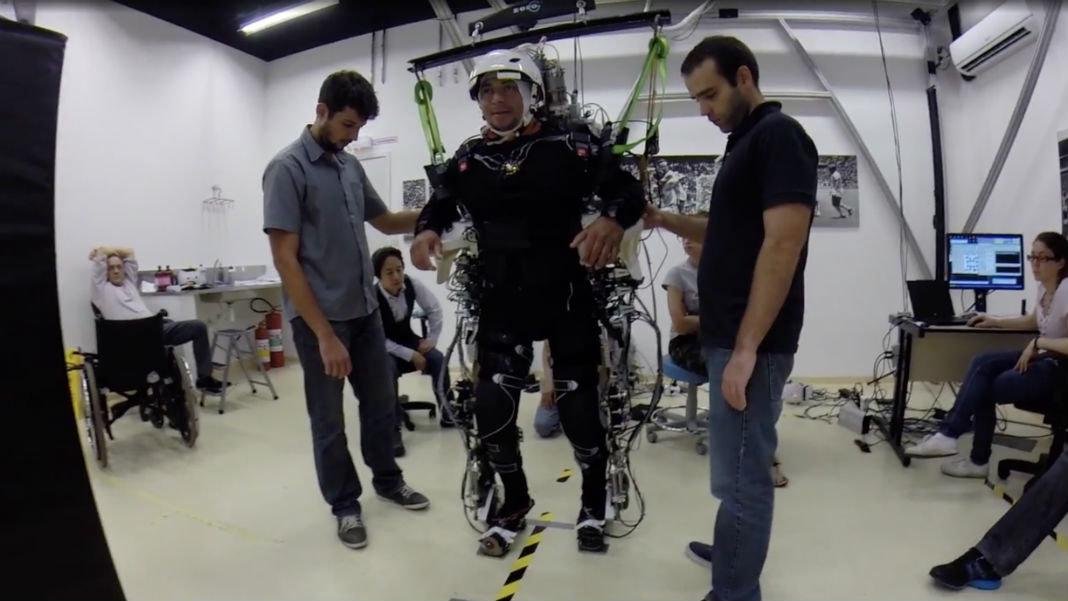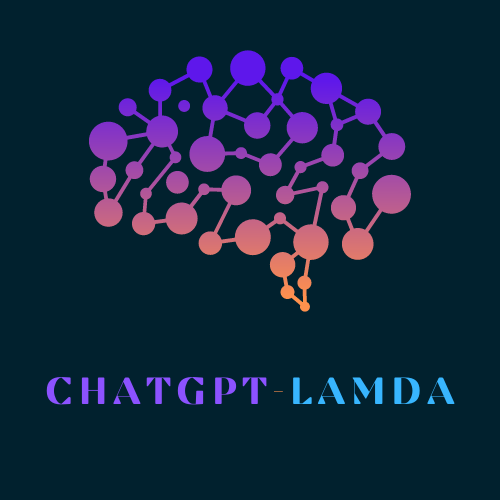Understanding AGI and Its Potential
Artificial General Intelligence (AGI) could revolutionize AI, elevating it beyond basic tasks to human-like thinking. AGI aims to achieve human-level reasoning and decision-making across different domains. This technology could lead to breakthroughs in medicine, education, and even arts as machines collaborate with humans.
Currently, we're not at AGI level. Systems like ChatGPT and predictive algorithms can handle massive datasets and mimic language patterns, but they lack true understanding. The AI we use today makes predictions based on statistics, rather than arriving at pondered truths.
The path to AGI comes with challenges in ethics and control. There are concerns about:
- Privacy
- Job displacement
- Who benefits when machines outperform humans
For AGI to succeed, there needs to be a framework ensuring it works well with humans and promotes fairness.
Human augmentation technologies, including neural interfaces, enhanced prosthetics, and cognitive boosters, combine human and machine capabilities. These offer recovery and assistance for those in need, and extend human capabilities in both cognitive and physical areas.
As this technology expands, discussions about its impact on societal hierarchies and economic divides will become increasingly important. Ongoing dialogue amongst scientists, ethicists, and policymakers is crucial to guide these advancements safely into society, while seeking the uplifting prospects of human innovation.

Human Augmentation Technologies
Human augmentation technologies combine biotechnology, robotics, and AI to enhance human capabilities. CRISPR, for example, can modify genetic makeup to potentially reduce disease complications or enhance certain traits. Robotics is merging with the human body through exoskeletons and robotic prosthetics, amplifying strength, precision, and endurance.
AI is revolutionizing how humans think, work, and interact with the world. Augmented hearing and vision tech uses AI to create sensory experiences that exceed natural human limits. Cognitive augmentation expands our mental capacity, aiding tasks like decision-making and creative problem-solving.
The potential benefits of these technologies are vast, from disease management to expanding cognitive powers. However, challenges remain, particularly concerning:
- Ethics
- Privacy
- Accessibility
- Societal impact
It's crucial to foster an inclusive dialogue to ensure these technologies serve humanity fairly while safeguarding fundamental values.

Ethical and Privacy Concerns
As we explore AGI and human augmentation, ethical and privacy concerns emerge. Data security is crucial, as integrating technology with human biology and cognition generates intensely personal information. There's a risk to privacy if this data isn't properly protected.
Autonomy is another concern. Delegating certain functions to AI or augmented systems might mean giving up some control, potentially undermining self-determination. There's also the potential for misuse, with bad actors potentially hijacking these breakthroughs for nefarious purposes.
Given these challenges, strong regulations and guidelines are necessary. Comprehensive frameworks are needed to ensure these advancements serve humanity's best interests while respecting individuals' rights and dignity. Such guidelines should protect against pitfalls and promote inclusivity, ensuring that technological benefits don't widen social gaps but create opportunities for all.

Current Technological Precursors
Several technologies are paving the way for AGI and human augmentation:
- AI is currently mastering specific tasks, preparing for the leap to AGI's broader capabilities.
- Nanotechnology is redefining what's achievable in biology, robotics, and computing by manipulating materials at an atomic scale.
- Brain-computer interfaces are establishing communication between human neurons and computer processors.
These could potentially enhance cognitive processes, assist those with physical disabilities, and upgrade memory and learning capabilities.
These technologies don't progress in isolation but combine and enhance each other's strengths. Together, they're accelerating the development of AGI and illuminating the path to an augmented future. However, it's crucial to ensure they develop within ethical boundaries, balancing progress with moral guidelines.

Public Perception and Societal Impact
Public views on AGI and human augmentation technologies mix excitement, skepticism, and cautious optimism. There's concern about how these technologies might increase existing economic gaps, potentially widening the divide between different socioeconomic groups.
The labor market is set for potential upheaval, with AGI and augmentation technologies promising to redefine job roles and create new sectors while making others obsolete. This presents both opportunities and challenges for entrepreneurs and business leaders.
Social dynamics might see major changes as technology alters human capabilities. This potential stratification introduces questions about fairness, equality, and social cohesion.
Considering these possibilities requires active public involvement in shaping the direction of AGI and augmentation. The conversation should include innovators, policymakers, and everyday citizens, ensuring that technological development aligns with societal values.

As we consider the future of technology, the balance between innovation and humanity is key. The integration of AGI and human augmentation holds promise, but it also challenges us to think about fairness and ethics. The journey ahead is about ensuring that technological advancements enrich our lives while respecting our core values.
- Kurzweil R. The Singularity Is Near: When Humans Transcend Biology. New York: Viking; 2005.
- Bostrom N. Superintelligence: Paths, Dangers, Strategies. Oxford: Oxford University Press; 2014.
- Harari YN. Homo Deus: A Brief History of Tomorrow. London: Harvill Secker; 2016.
- Tegmark M. Life 3.0: Being Human in the Age of Artificial Intelligence. New York: Knopf; 2017.




